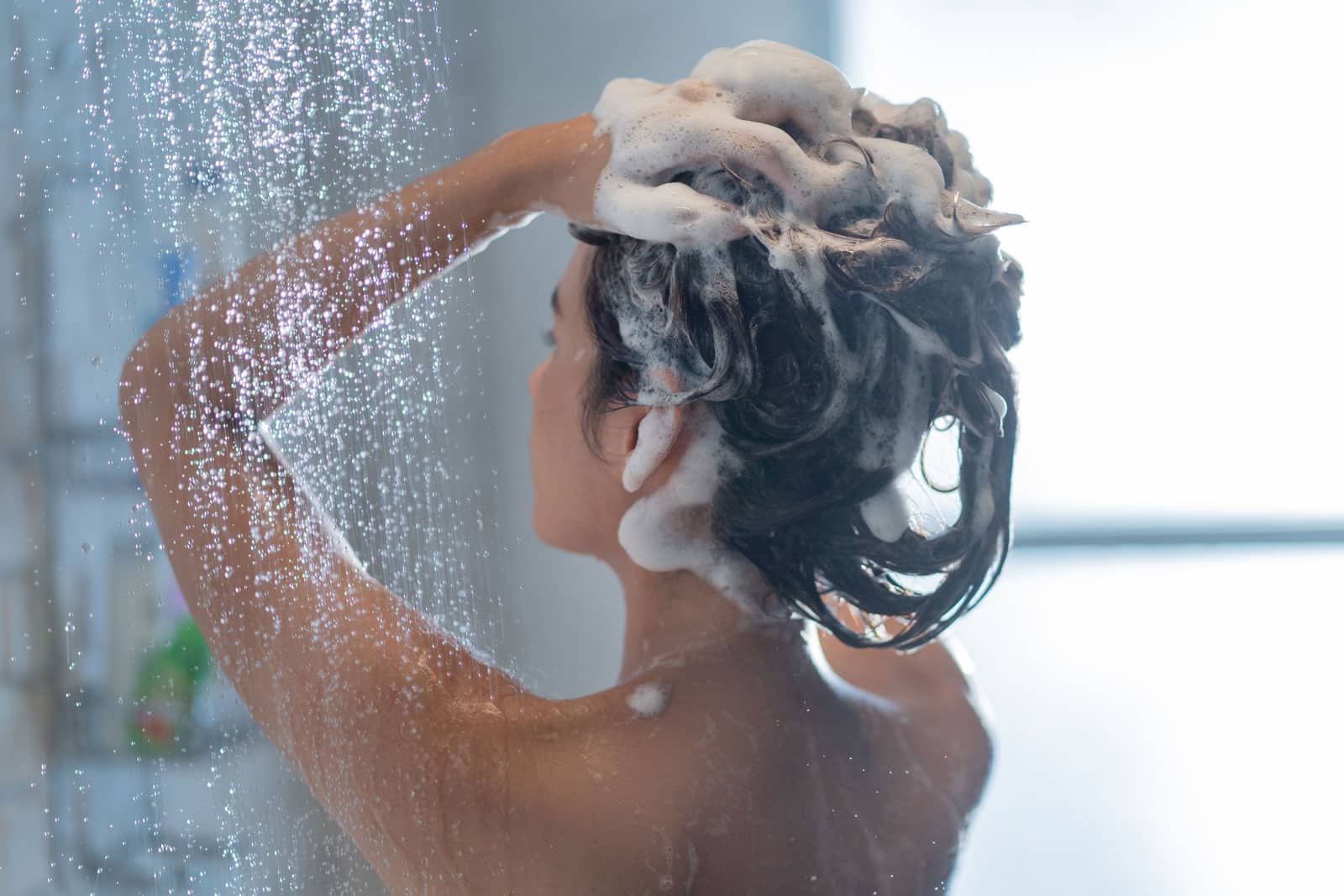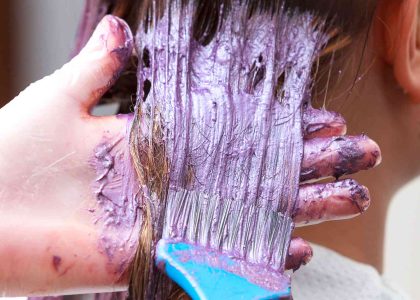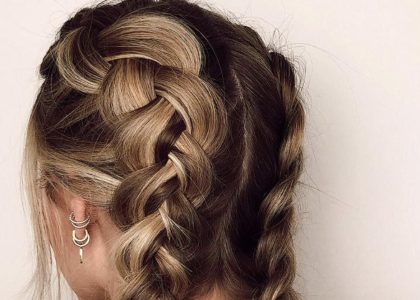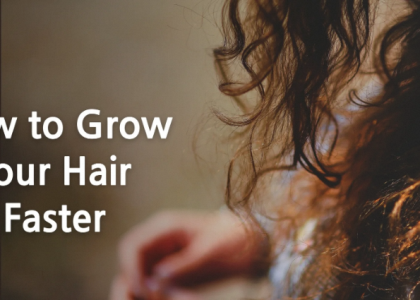How Often Should You Wash Your Hair? Unveiling the Washday Mystery
Washing your hair seems like a basic routine, but the question of “how often” can be surprisingly complex. Gone are the days of daily shampoos –– in fact, over-washing can strip your hair of natural oils, leading to dryness, frizz, and scalp irritation. So, how often should you wash your hair? Here, we’ll unveil the mystery behind wash frequency, exploring factors that influence your ideal routine and offering tips for healthy, happy hair.
Understanding Your Hair Type: The Key to Washday Harmony
Hair type is the foundation for a healthy washday routine. Here, we’ll delve deeper into common hair types, exploring their characteristics and ideal washing frequencies. Remember, these are general guidelines, and some individuals might fall between categories.
-
Fine Hair: Fine hair strands are delicate and have a lower capacity to hold natural oils. This often leads to faster oil buildup at the scalp, making it appear greasy.
-
Washing Frequency: Fine hair can benefit from more frequent washing, typically every other day or even daily for some. However, be mindful of over-washing, which can exacerbate dryness.
-
Shampoo Selection: Opt for gentle, sulfate-free shampoos formulated for fine hair. These cleanse effectively without stripping away essential oils. Consider a volumizing shampoo to add body and bounce.
-
Conditioning Tips: Focus conditioner on the mid-lengths and ends to avoid weighing down fine hair. Consider a lightweight leave-in conditioner for added moisture and manageability.
-
-
Normal Hair: The golden standard! Normal hair has a balanced texture and doesn’t tend to get excessively oily or dry.
-
Washing Frequency: Normal hair is versatile and can typically go 2-3 days between washes. Monitor your scalp’s oil production and adjust the frequency as needed.
-
Shampoo Selection: Choose a gentle, balanced shampoo suitable for normal hair. You don’t necessarily need a volumizing or moisturizing formula unless you notice specific concerns.
-
Conditioning Tips: Use a regular conditioner that provides both hydration and manageability. Experiment with different conditioners to find one that suits your hair’s needs.
-
-
Thick Hair: Thick hair boasts a larger diameter and tends to be naturally drier. This is because the natural oils take longer to travel down the hair shaft, leaving the ends drier.
-
Washing Frequency: Thick hair can go longer between washes, often 3-4 days or even a week. Monitor your scalp and adjust the frequency as needed.
-
Shampoo Selection: Opt for a hydrating shampoo specifically formulated for thick hair. These shampoos cleanse effectively without stripping away moisture.
-
Conditioning Tips: Deep conditioning is a must for thick hair! Use a rich, hydrating conditioner regularly, focusing on the mid-lengths and ends. Consider using a leave-in conditioner for added moisture and manageability.
-
-
Curly Hair: Curly hair is inherently drier due to its natural texture. The bends and coils disrupt the natural oil flow, leaving the ends especially dry and prone to frizz.
-
Washing Frequency: Curly hair thrives with minimal washing, typically every 3-7 days. Co-washing (conditioner-only wash) is a great way to cleanse without stripping away natural oils that define your curls.
-
Shampoo Selection: Look for gentle, sulfate-free shampoos formulated for curly hair. These cleanse effectively without disrupting the curl pattern or causing frizz.
-
Conditioning Tips: Conditioning is crucial for curly hair! Use a rich, hydrating conditioner every time you wash, focusing on the mid-lengths and ends. Consider a leave-in conditioner specifically formulated for curls to define and tame frizz.
-
-
Dry Hair: Dry hair lacks natural moisture and craves hydration. This can be due to genetics, environmental factors, or chemical treatments.
-
Washing Frequency: Dry hair benefits from infrequent washing, typically every 5-7 days or even longer. Monitor your scalp for signs of dryness and adjust the frequency accordingly.
-
Shampoo Selection: Choose a gentle, hydrating shampoo specifically formulated for dry hair. Look for ingredients like shea butter, coconut oil, or argan oil.
-
Conditioning Tips: Deep conditioning is essential for dry hair! Use a rich, hydrating mask at least once a week. Apply conditioner generously to the mid-lengths and ends, and consider leaving it on for a few minutes before rinsing.
-
Beyond Hair Type: Factors Influencing Wash Frequency
Hair type is a major factor, but other elements play a role in determining your ideal wash frequency:
-
Scalp Condition: A healthy scalp produces enough natural oils to keep hair hydrated. If your scalp feels excessively oily or itchy, you might need to wash more often. Conversely, a dry, flaky scalp might benefit from less frequent washing.
-
Lifestyle: An active lifestyle with frequent sweating may necessitate more frequent washing. Chlorine from pools and salt from the ocean can also dry out hair, requiring adjustments to your wash routine.
-
Styling Products: Heavy styling products can build up on hair, making it greasy. If you rely on a lot of product, consider washing more often or using a clarifying shampoo occasionally.
-
Hair Length: Longer hair can take longer for natural oils to travel down the hair shaft, meaning you might be able to stretch out washes compared to shorter styles.
Consider all these factors when determining your personal washday frequency.
Signs You Might Be Over-Washing Your Hair
Washing too often can disrupt your scalp’s natural oil production, leading to a vicious cycle of dryness and more frequent washing. Here are signs you might be overdoing it:
-
Dry, frizzy hair: Over-washing strips away natural oils, leaving hair dry and prone to frizz.
-
Itchy scalp: A dry, irritated scalp can be a sign of over-washing.
-
Dull, lifeless hair: Hair loses its natural shine when stripped of its natural oils.
-
Hair feels like straw: Extremely dry hair can feel rough and straw-like to the touch.
If you experience any of these signs, it’s time to re-evaluate your washday routine.
Tips for a Healthy Washday Routine
Now that you understand the factors influencing wash frequency, here are tips for a healthy washday routine:
-
Focus on the Scalp: Shampoo primarily focuses on cleansing your scalp. Gently massage the shampoo into your scalp and roots, then let the suds run down the lengths.
-
Condition Every Time: Conditioner replenishes moisture throughout your hair, regardless of how often you shampoo. Apply conditioner to the mid-lengths and ends, avoiding the roots.
-
Skip the Hot Water: Hot water can strip away natural oils. Use lukewarm water to cleanse and cool water for a final rinse to add shine.
-
Embrace Dry Shampoo: Dry shampoo is a lifesaver between washes. It absorbs excess oil and refreshes your hair without water.
-
Air Dry Whenever Possible: Heat styling can damage hair. Let your hair air dry whenever possible.





